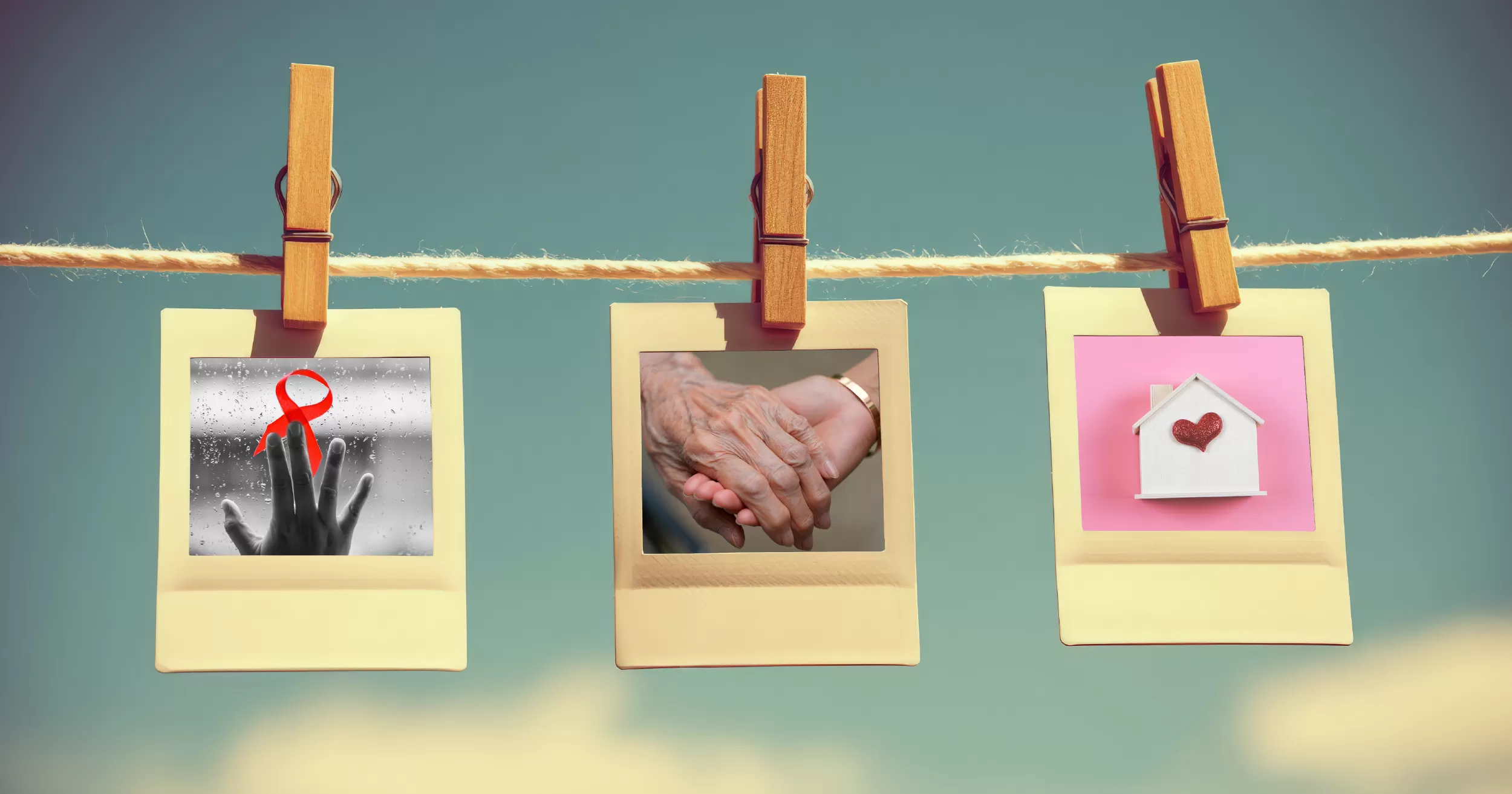
Definition and Levels of Advocacy
Nick first explained that “advocacy” is defined as actions to influence decision-making and resource allocation within the system, complementing “activism” outside the system. The three levels are like concentric circles: “self-advocacy” enables individuals to understand their rights and express them effectively; “individual advocacy” connects individuals with the system (such as coordinating benefits and services); “system advocacy” changes policies, laws, and institutions through alliances and movements. The three levels feed each other: on-site issues provide evidence for advocacy, and systemic changes return to service ends to produce practical life and system changes.
Why Advocacy is Needed
At the individual level, engaging in advocacy builds the confidence of service users and leaders and leadership systems within communities, turning personal life experiences into influence and resilience; at the organizational level, it enhances mission credibility, brings resources and policy changes, and ensures services meet community needs; at the overall community level, advocacy amplifies collective voices, recognizes structural inequalities in healthcare systems and social structures, and creates a sustainable foundation for advancing equity and justice.
Turning Experience into Policy: Advocacy Storytelling
Nick then explained that the core structure of advocacy is “attract attention – depict impact – identify possibilities – request action.” It starts by establishing a connection with personal identity and motivation, then explains specific barriers and impacts (with necessary data), then depicts feasible changes and proven outcomes, and finally closes with a specific, actionable, and trackable request, such as supporting or opposing a specific budget or bill. This structure attends to both emotion and reason, linking personal life stories to systemic failures, such as the U.S. federal Medicare, Medicaid, and the Ryan White HIV/AIDS Program.
Message Framing and Common Mistakes
Powerful messages must be concise and clear, start from values (equity, dignity, responsibility), remain consistent across different contexts and platforms, be tailored to audiences, and use repeated appeals and actions for advocacy targets to remember. Common mistakes include too much “jargon,” only discussing processes without people, piling up problems without solutions, and lacking clear calls to action. Messages are not a single story but a main theme that can be repeatedly recognized and conveyed.
Audience Segmentation and Bipartisan Context
Different audiences care about different aspects. Public officials mainly look at fiscal responsibility and district impact; communities value equity and life experience; media require clear stories, strong arguments, and urgency of events; donors focus on effectiveness, cost-efficiency, and sustainability. Taking aging with HIV advocacy in the U.S. as an example, in Democratic Party and Republican Party contexts, advocacy can be approached from public health and care equity or from reducing long-term medical costs, strengthening resilience, and competitiveness, to increase audience receptivity.
Action Venues and Multipurpose Use
The same set of “stories + messages” can be repeatedly used in multiple venues, such as meetings with public officials, submitting public comments at hearings and rulemaking, op-eds and media communication, alliance collaboration, community education and training, and grassroots mobilization. The core remains unchanged, only length, tone, and emphasis are adjusted; the consistency of advocacy stories and messages and continuous exposure can quickly build trust and influence.
Practical Interaction with Decision-Makers
When meeting with decision-makers, open with “story + request,” keeping data very concise and directly linked to the request; advocates must remember to respect and cultivate relationships with legislators’ staff, as staff are often key gatekeepers to decision-makers. Confirm specific commitments of “who + when + do what” during the meeting; express thanks again within 24 hours, provide supplementary information within 7 days, and confirm the next steps within 14 days (such as asking for staff feedback and discussing progress again with meeting participants) to turn verbal responses into trackable progress.
Relationship Management, Accountability, and Mobilization
HIV action and advocacy are long-term battles, not one-time transactions. Continuously updating progress and expressing thanks can build trust with advocacy targets; linking community mobilization and interaction with decision-makers can turn each action into outcome indicators, including the number of meetings and public comments submitted, the number of joint signatories and adopted revisions, media reach, and community participation. The core of advocacy accountability is to accurately record commitments, set deadlines, arrange next steps, avoid loss of momentum between nodes, and prevent community members from becoming disappointed or confused.
Leverage of Media and Communication
Public platforms can shape social understanding and influence policy perceptions. It is recommended to use plain language, frame messages with values and impacts, focus on solutions and policy change possibilities, and prepare strong arguments and quotable highlights for media citation. Maintain a fixed rhythm and repeatedly emphasize main messages and calls to action, simultaneously releasing statements or actions with advocacy partners, building volume before key votes or rule announcements, making advocacy more visible to different audiences.
Taiwan Urgently Needs Aging with HIV Advocacy
The infected community in Taiwan is just beginning to pay attention to the issue of aging with HIV, and it also needs to simultaneously promote advocacy actions at the self, individual, and system levels. As long as older infected persons can benefit, even minor policy updates each time, with consistent strategies and solid relationships, can accumulate into structural changes and pave the way for future policy changes.







I found the breakdown of advocacy into self, individual, and system levels really helpful. It seems like understanding these layers could make it easier to see how personal stories can drive bigger policy changes, which is often overlooked in discussions about advocacy.